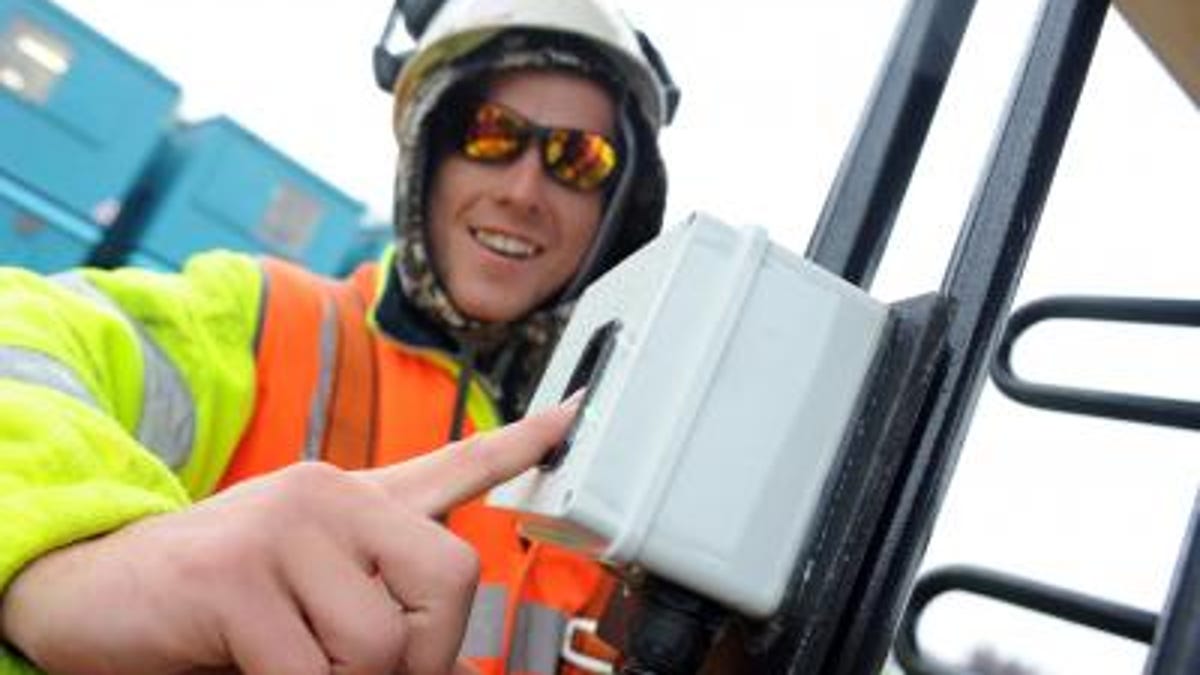Scientists 'unwarp' distorted fingerprints in seconds
Tech developed at the University of Warwick sees through partial, distorted, scratched, and even smudged fingerprints, scoring top marks in the toughest tests.

It's long been held that no two fingerprints are exactly alike, rendering the old-fashioned print more reliable than current DNA sampling, which has resulted in false positive identifications.
But what if a fingerprint is warped? When I volunteered to be a mentor recently, I had to get my prints taken, and the process was tedious and full of re-dos because, as I rotated each finger, I tended to slightly smudge the results. (I might have made a good criminal, but I was an annoyed--and inky--mentor.)
Now, the biggest problem with fingerprints--that a good one is hard to find--may have finally been solved, according to new research out of the University of Warwick in the UK.
Most fingerprint techniques identify a handful of features on a print and match the entire set of characteristics against each fingerprint in a database of templates--a laborious, often time-consuming endeavor. Researchers at the University of Warwick took a different approach.
Considering the entire pattern of a print, they would transform its topology into a standard coordinate, thus allowing the "unwarping" of any print distorted by such common real-world issues as smudging and uneven pressure. The clearer digital representation of the print is then mapped onto an "image space" of all other prints in a given database, so instead of comparing one print to every other print in that database, the overlaying of the print against the entire database finds a match, if there is one, in seconds, regardless of whether that database holds a million or a thousand prints.
The unwarping is so effective, it turns out, that it even compares the position of individual sweat pores (there are hundreds) on a print. Previously, the slightest distortion of a print rendered these densely-packed pores unreadable.
The technology has already won over the construction industry, with spinout company Warwick Warp installing its BioLog for security and staff management at six building sites. (Apparently construction workers often have abraded fingerprints due to the nature of their work.)
And the results have already impressed more than the construction industry. In the past week, the technology has been examined by two of the world's most respected technical fingerprint benchmarking tests; the UK's National Physical Laboratory ranked Warwick Warp's fingerprint technology best overall for accuracy, and the National Institute of Standards and Technology in the U.S. ranked it third.
The signature may soon be obsolete. Want to use your credit card, see personal medical files, buy beer when you look underage? Take off your glove, please.

